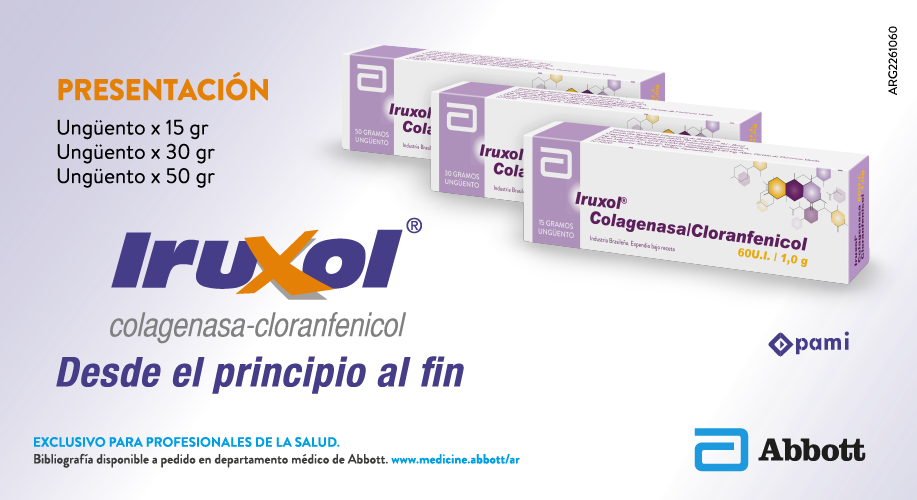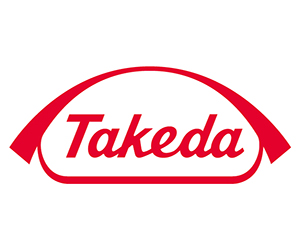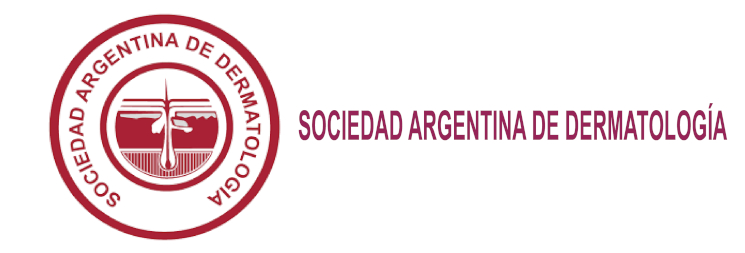Cirugía micrográfica de Mohs y técnica del espagueti para melanoma in situ de cabeza y cuello
Resumen
Antecedentes: el lentigo maligno (LM) es un subtipo de melanoma in situ (MMis) que ocurre en áreas fotoexpuestas de cabeza y cuello (CC) de pacientes añosos. El margen quirúrgico necesario para su resección no fue confirmado por estudios controlados-randomizados.
Existen distintas técnicas para el estudio histológico exhaustivo de márgenes: cirugía de Mohs (CMM), slow Mohs (SM), staged excision (SE) y técnica del espagueti (TE).
Objetivo: describir las características epidemiológicas, clínicas, tratamiento y evolución de pacientes con MMis-CC tratados por nuestro grupo con CMM y TE.
Diseño: estudio descriptivo, observacional y retrospectivo.
Métodos: se analizó edad, sexo, histología, tratamiento y evolución de 103 MMis-CC en 102 pacientes, tratados entre 6/1996 y 6/2014.
Resultados: edad promedio: 66 años. Mujeres: 54,4%. Anatomía patológica: LM: 63 y MMis: 40. Tratamiento previo: 25,2%. En 36 casos se empleó CMM (los primeros 20 en tejidos frescos y desde diciembre de 2009 en parafina (SM)). Desde mayo de 2011 (67 casos) se empleó TE. En el 86,4% fue necesaria 1 capa de Mohs, en 10 pacientes: 2 capas, en 3: 3 y en 1: 4. Se conoce la evolución de 101/102 pacientes, media de seguimiento: 27,7 meses. A un paciente con lesión muy extensa que no completó la cirugía se lo excluyó
del análisis de recidivas. Observamos 1 (0,99%) recidiva. Tasa de control de la enfermedad: 99%.
Conclusiones: las técnicas con control exhaustivo de márgenes para el tratamiento del MMis-CC son altamente eficaces, permiten preservar tejido sano en zonas de gran importancia funcional y estética
(Dermatol. Argent., 2015, 21 (4): 277- 283).
Palabras clave: melanoma in situ, lentigo maligno, cirugía de Mohs, técnica del espagueti.
Melanoma in situ of the head and neck treated with Mohs surgery or “spaghetti technique”
Abstract
Background: lentigomaligna (LM) is a subtype of in situ melanoma (isMM)deberia ser
MIS. It usually occurs in sun-exposed areas of the head and neck (HN) of elderly patients.
Safe surgical margins after removal were not confirmed by randomized and controlled studies. There are different techniques for histological study of margins: Mohs surgery (MS), slow Mohs (SM), "staged excision" (SE) and spaghetti technique (ST).
Objective: to describe epidemiological, clinical, treatment and outcome of patients with isMM-HN treated by our group using MS and ST.
Design: descriptive, observational and retrospective study.
Methods: we analyzed age, sex, histology, treatment and outcome of 103 isMM-HN in 102 patients treated between 6/96 and 6/14.
Results: mean age: 66 years. Women: 54.4%. Pathology: LM: 63 and isMM: 40. Previoustreatment: 25.2%. MS in 36 cases (the first 20 with fresh tissue technique, and since 12/09 with paraffin sections (SM)). Since 5/11 (67 cases) ST was preferred. In 86.4%, 1 layer was necessary, 2 layers: 10, 3 layers: 3 and 4 layers: 1 patients. Known evolution: 99% (102/103) with a median follow up of 27.7 months. A patient with an extensive lesion did not complete the surgery, and was excluded from the recurrence analysis. We observed 1 (0.99%) recurrence. Control of disease rate: 99%.
Conclusions: the detailed margin-control techniques for the treatment of LM are highly effective, enabling to preserve healthy tissue at high functional and aesthetic importance areas
(Dermatol. Argent., 2015, 21 (4): 277-283).
Keywords: in situ melanoma, lentigomaligna, Mohs surgery, spaghetti technique
Publicado
Número
Sección
Licencia
El/los autor/es tranfieren todos los derechos de autor del manuscrito arriba mencionado a Dermatología Argentina en el caso de que el trabajo sea publicado. El/los autor/es declaran que el artículo es original, que no infringe ningún derecho de propiedad intelectual u otros derechos de terceros, que no se encuentra bajo consideración de otra revista y que no ha sido previamente publicado.
Le solicitamos haga click aquí para imprimir, firmar y enviar por correo postal la transferencia de los derechos de autor



















